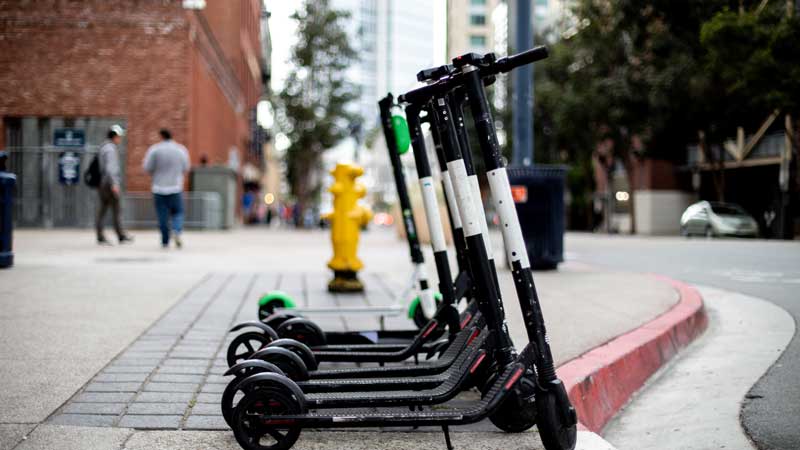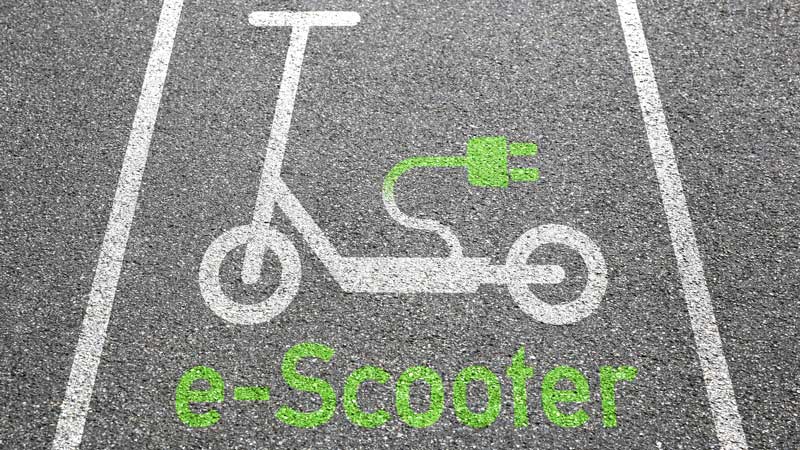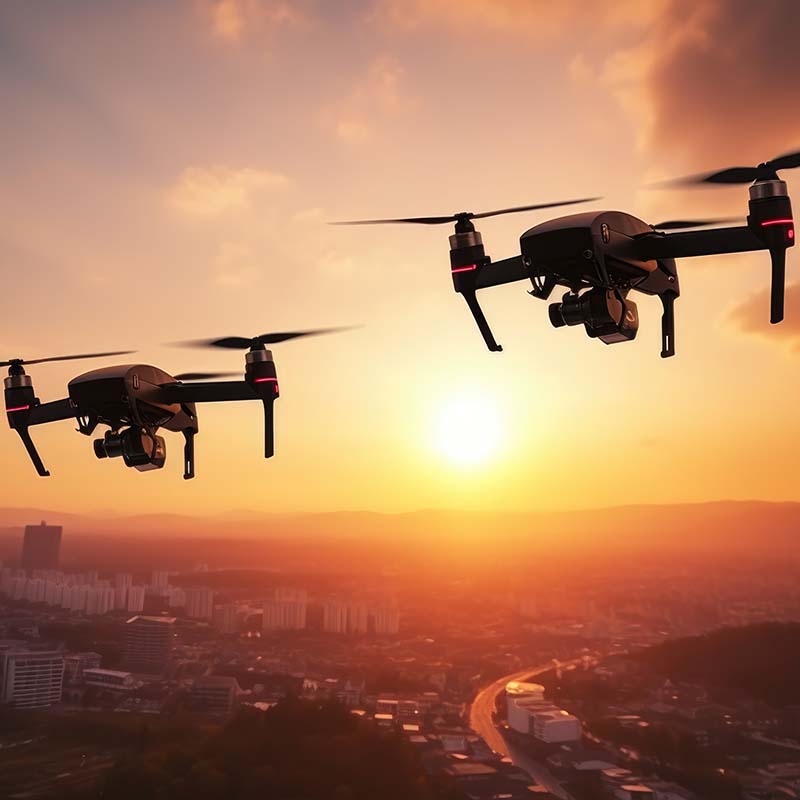Shared electric e-scooters first appeared in the U.S. in September 2017, on the streets of Santa Monica. By the end of 2018, over 85,000 of the cheap, convenient vehicles were rolling through 100 cities nationwide. Their popularity comes with drawbacks such as increased congestion and risk of accidents. But the huge amounts of micromobility data they generate give cities the opportunity to maximize the benefits of these ubiquitous vehicles – and use the information to improve municipal transportation across the board.
Portland, Oregon started experimenting with scooters during a pilot program in 2018. Three companies put about 2,000 scooters on the streets. In five months, users rode about 800,000 miles, averaging just over one mile per trip. One-third of locals and half of visitors chose to rent a scooter instead of taking a car or taxi. A second, year-long pilot program is currently in progress, with scooters from companies including Bird, Bolt, Lime, Razor, Shared and Spin. In its first seven months, riders logged over one million miles.
Jacob Sherman of the Portland Bureau of Transportation (PBT) said the city is using scooter data in a variety of ways.
“We are trying different approaches to explore what might make the most sense for a city in the digital era,” he said.









